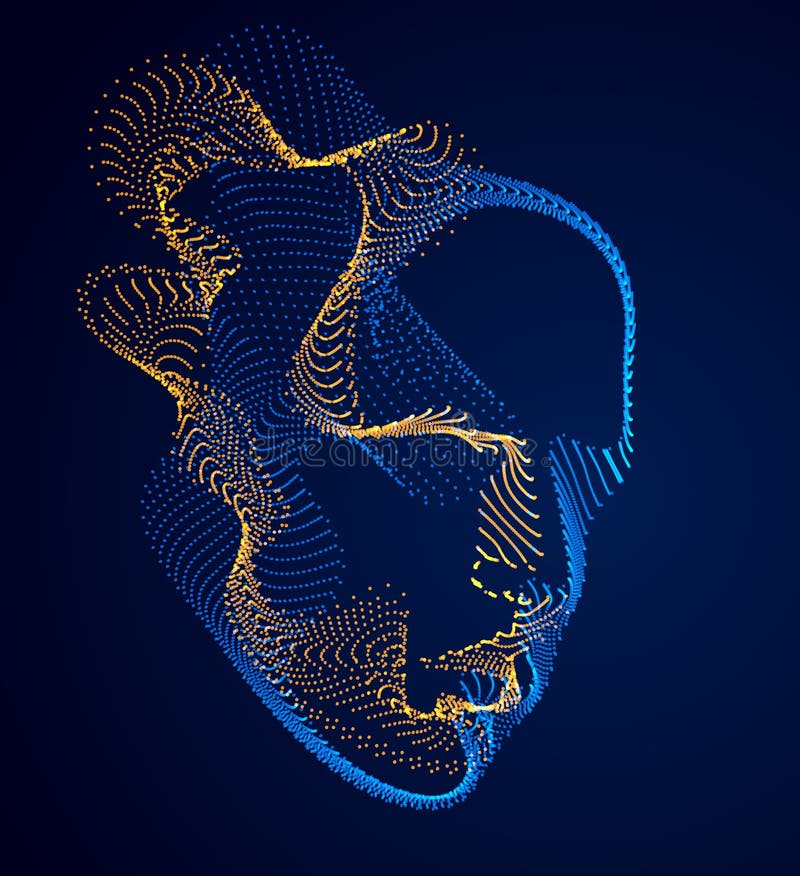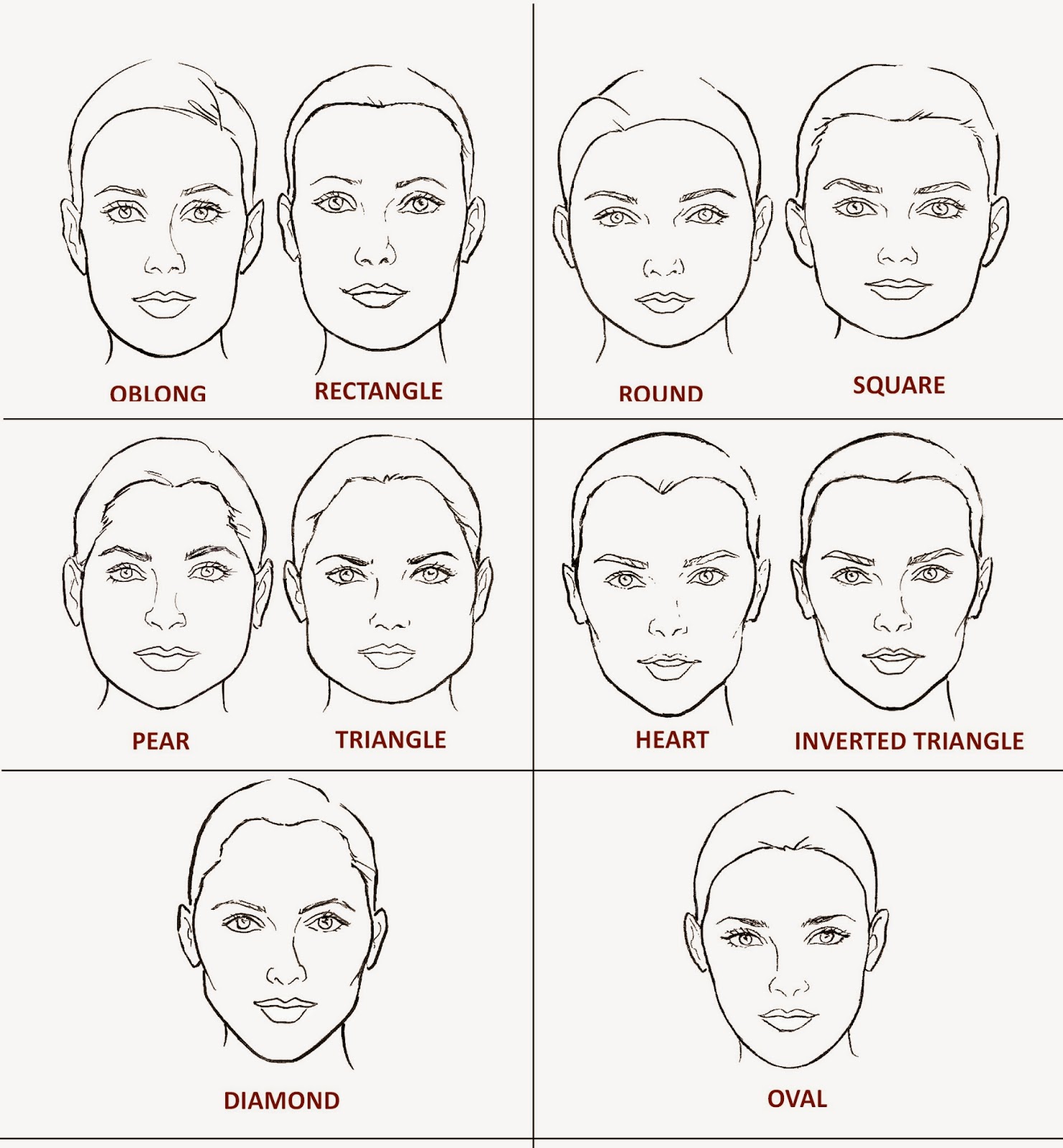

This is the most common type of synostosis. Each type is named for the suture that has fused prematurely in the infant’s skull, resulting in craniosynostosis.Īn early closure of fusion of the sagittal suture. There are 3 different types of craniosynostosis: Sagittal, Coronal and Metopic. What are the different types of craniosynostosis? Always consult your child’s doctor for a diagnosis. The symptoms of craniosynostosis may resemble other conditions or medical problems. Bulging eyes and the child’s inability to look upward with the head facing forward.
#DIFFERENT HUMAN HEAD SHAPES FULL#

Occasionally, synostosis can increase pressure within the skull. These changes cause an asymmetry in a child’s head and face that cause it to appear different from side to side. This is often the most noticeable or only symptom of this condition in infants. The most common symptom of craniosynostosis in infants is changes in the shape of the head and face. What are the symptoms of craniosynostosis? It occurs in one out of 2,000 live births and affects males slightly more often than females. 13 in the journal Current Biology.The cause of craniosynostosis is often unknown but can be related to genetic disorders or inherited genetically. The scientists detailed their findings online Dec. After birth, differences in brain development likely resulted in the pronounced differences that are found in skull shape between adults of the two lineages, he added.įuture research can look for more Neanderthal DNA linked with modern human brains and determine what specific effects these ancient genetic variants might have by growing brain tissue with Neanderthal DNA in the lab, Fisher said. The researchers also noted these skull differences likely did not reflect any differences at the time of an infant's birth: Modern humans and Neanderthals have similar braincase and skull shapes at that time, Gunz said. "Two people who have very similar total amounts of Neanderthal DNA - for example, 1 percent of their genomes - may well carry completely different fragments," Fisher said. The scientists noted that if a person has more Neanderthal DNA than average, that does not necessarily mean their brain is more oblong. The putamen forms the outer portion of the brain's basal ganglia, which are associated with memory, attention, planning, the learning of skills, and potentially speech and language.

The researchers discovered that this Neanderthal DNA had the strongest effects on brain structures known as the putamen and the cerebellum - both of which are key to the preparation, learning and coordination of movements. One, UBR4, is linked with the generation of neurons, and the other, PHLPP1, is associated with the development of fatty insulation around nerve cells. The Neanderthal DNA fragments contained two genes previous research linked to brain development. "The effects of the Neanderthal gene variants are small, you would not be able to see them in a person's head shape when you meet them." "The effects of carrying these rare Neanderthal fragments are subtle," Fisher said. In the new study, the scientists discovered that Neanderthal DNA fragments in modern human chromosomes 1 and 18 were linked with less round brains.

Prior work found that modern humans and Neanderthals experienced multiple episodes of interbreeding, introducing Neanderthal DNA into the modern human genome. "We reasoned that if we could identify specific Neanderthal DNA fragments in a large enough sample of living humans, we would be able to test whether any of these fragments push towards a less globular brain shape, allowing us to zoom in on genes that might be important for this trait," senior study author Simon Fisher, a neurogeneticist at the Max Planck Institute for Psycholinguistics in Nijmegen, the Netherlands, told Live Science.


 0 kommentar(er)
0 kommentar(er)
